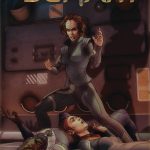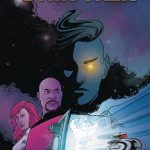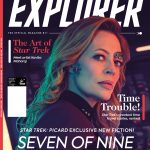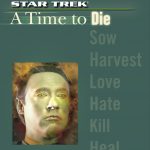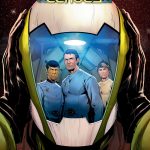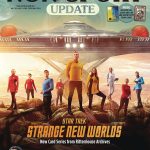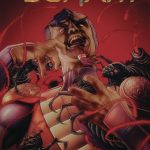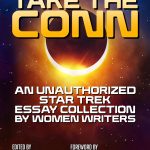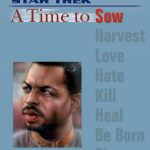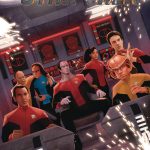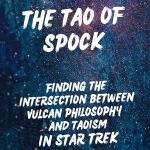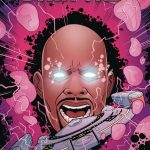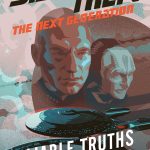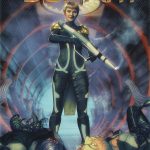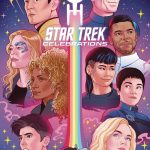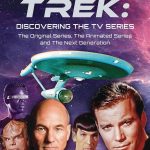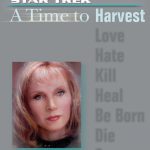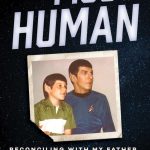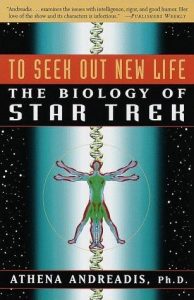

 Add To Collection
Add To CollectionFormat: Book: Paperback
Language: English
Published by: Crown
ISBN-10: 0609603299
ISBN-13: 978-0609603291
Length: 273
Published On: 1998-03-31
Buy on Amazon.com
Buy On BarnsAndNoble.com
Buy On Bookshop.com
Buy On Books-A-Million.com
Wikipedia.org
Find on E-Bay
How likely are silicon-based life forms such as the Horta?
Can the Holodoc really wield a laser scalpel?
Is a universal translator possible?
For thirty years, the Star Trek series, movies, and books have speculated as much about the nature and meaning of life as they have about inorganic concepts such as warp speed, time travel, and black holes. In fact, the original mission of the starship Enterprise was to seek out new life and new civilizations in its quest to answer the most tantalizing question of all time: Are we alone in the universe?
If Star Trek has been about the search for life, To Seek Out New Life: The Biology of Star Trek is about understanding these discoveries as we encounter them with the crews of the Enterprise, Voyager, and Deep Space Nine. In this book, Harvard biologist Athena Andreadis takes a lively, thought-provoking look at Star Trek’s approach to the science of human, humanoid, and other life forms, exploring what biological principles are probable or possible on the original show and the three series and nine movies that have followed.
This engaging, deeply informative book makes everyone an armchair expert on the difference between science and science fiction on Star Trek, with keen observations into the series’ complex worlds of physiology, psychology, and sociology. For example, the free interbreeding of humanoids makes for great plots, but a host of biological problems: Vulcans bleed green, Klingons purple, and humans red, which means none of them share the same oxygen carrier in the bloodstream (which means no hybrid, and thus no Spock). A shape-shifter with a liquid base, like Security Chief Odo, could never fall in love with a “solid” like Major Kira Nerys–it is the equivalent to a human loving a turnip. Androids like Data are possible in our future, though the creation of substitute bodies in the holodeck is pure fantasy. The joined Trills are a curious blend of symbiosis and parasitism, raising interesting questions as to how the two beings share consciousness.
This absorbing, illuminating book, rich in scientific detail and full of fascinating references to literature, film, and television, pays tribute to a show that has profoundly shaped the way we understand and view science.

